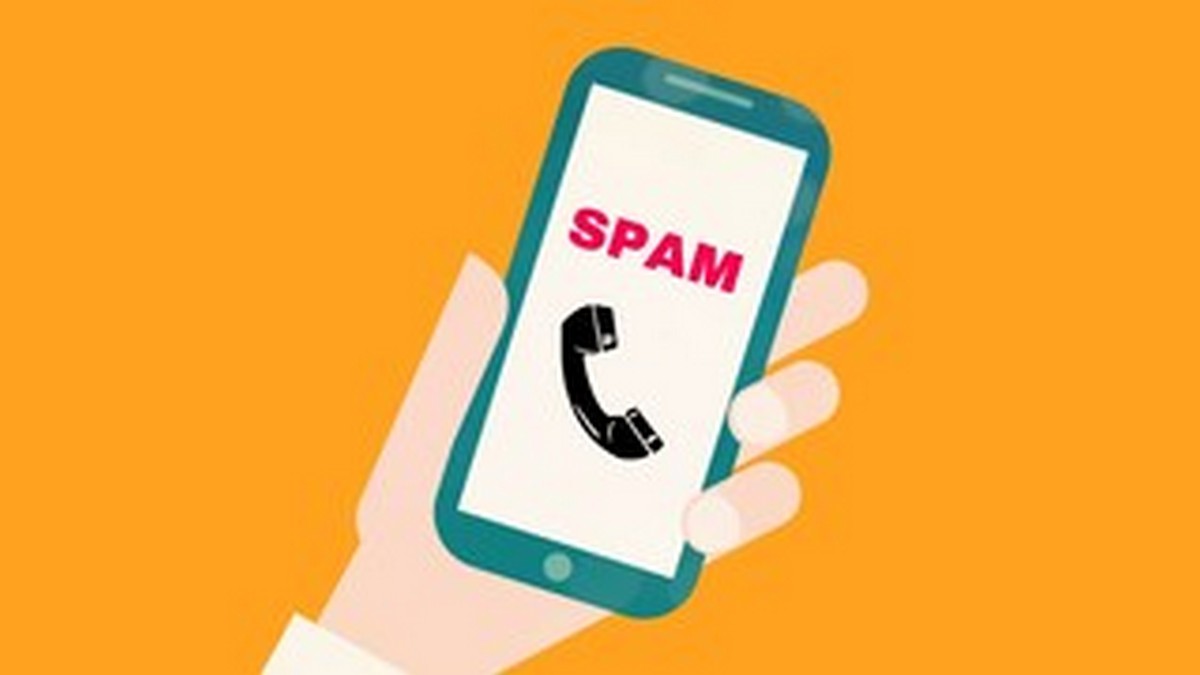By an industry expert
One of the major arguments against net neutrality – the principle where telcos and internet service providers are supposed to enable access to all content on an equal footing without favouring one or the other - is that different types of data are obtained at different prices, and, therefore, they cannot all be sold at the same rates. How can apples and oranges be sold at the same rate, goes the argument, when they are acquired at different costs?
The issue has hit the headlines following plans by some telcos like Airtel to offer faster speeds at zero cost to users of some websites (like Flipkart, who will pay on behalf of the user). The critics say this will inevitable throttle smaller rivals who cannot afford to pay the telco for this privilege.
Let us examine the telcos’ argument in detail, and also explore how much cost they incur in getting us that 1 GB of data that they charge us Rs 250 (or thereabouts) for.
First, of course, one must understand the key difference between ‘heavy’ type of data such as video and voice calls, and ’light’ type of data, such as texts and messages: there isn’t any.
As far as the network is concerned, data is just data - a series of 0’s and 1’s. A telecom network sees all data as a series of 0’s and 1’s - whether it is video, text or graphics. That is, in fact, the key advantage of the Internet - it doesn’t care what the data is ultimately going to be assembled into - a picture, a text message or voice.
As a result, the cost of carrying 1 GB of text data and 1 GB of video data on the Internet is exactly the same. In that sense, neutrality is built into the very structure and essence of the Internet.
So, once it’s agreed that 1 GB of video does not stress telecom networks more than 1 GB of text messages, there is absolutely no justification for telcos to discriminate on the basis of what these 0’s and 1’s will ultimately be put together into.
But, of course, there is the question of whether different types of data are obtained by these mobile operators at differing prices. In other words, do Airtel and Idea shell out more to ‘obtain’ 1 GB of Youtube videos versus, says 1 GB of torrent traffic?
This can be the only justification for saying that ‘all bits are not created equal’, and, therefore, cannot be treated as such.
So we will examine the factual position here. The bits that ISPs serve can be broadly divided into three types:
- Bits sourced from another Indian ISP (peer) directly 2) Bits sourced from another Indian ISP through the NIXI (India’s national internet exchange), and 3) Bits sourced from outside India
Let us take the third type first, since it’s the simplest in terms of pricing and is also the most expensive.
The wholesale price of international connectivity is around Rs 20,000-40,000 per month for 2 Mbps for small, local ISPs. Note that this price is only for small, city-specific ISPs such as cable operators. The price for Airtel and Idea is much lower. More on that later.
A price of Rs 20,000-40,000 for 2 Mbps bandwidth for a month converts to around Rs 30-60 per GB.
But this is only for small local operators. Most big Indian operators have their own international gateways, and according to industry estimates, their cost of international data transfer would be around Rs 5-10 per GB.
In other words, 1 GB of data travels all the way from a datacentre in the US or Romania to the landing station on Indian sea-shores at a cost of just Rs 5-10.
From the landing station - such as those located in Mumbai and Chennai - the data is taken over by the local or national operator and transported to the cellular tower, from where it is sent wirelessly to your smartphone or dongle.
On your mobile phone, the 1 GB data generates a revenue of Rs 250. While operators like Airtel, Idea and Vodafone charge Rs 250, there are operators like MTS who offer this data for as little as Rs 83 per GB (including the international transit charge). Anyway, you get the picture - the big operators are far from bleeding to death because of extremely low data tariffs.
The second source of bits is the NIXI - India’s National Internet Exchange - a kind of network-of-networks which acts as the national wholesale supplier and exchange platform for data in India.
Here, telcos have to pay Rs 5 per GB for ’net downloads’. Again, the situation is largely similar. You are handed over 1 GB of data to your network-edge at a cost of Rs 5. From there on, you have to carry it to the end customer.
In fact, since the cost of the data is on a ’net’ basis (downloads minus uploads), and so operators who have a lot of data centres on their networks may end up paying nothing, or being paid back by NIXI, for their service.
However, this formula applies only to genuine ISPs, and not to datacentres. Youtube is also connected to the NIXI as a datacentre, and it receives no money from, and pays no money to, NIXI for data exchange. In practice, therefore, the wholesale cost of data from NIXI ranges from Rs 0 to Rs 5 per GB. Since the retail price of data is Rs 250 per GB, this too leaves a lot of money on the table for Indian telecom operators.
Now for the last type - data sourced from Peers. Let us understand what ‘peer’ means. Suppose I’m Airtel, and you’re Idea. We create a lot of data that is destined for each others’ networks. Now, we can either send all that data via the NIXI, or we can send it directly to each other via interconnect points. This second method is called ‘peering’. This is totally voluntary. No one can demand ‘peership’, unlike in voice telephony, where interconnect is mandatory. But companies do this to avoid the complexity of having to deal with a third party, etc..
And the best part is that this is generally ‘free data’. Companies don’t bill each other for peered data. This is also typically how big data companies, such as Youtube, exchange data with telecom networks like Airtel. In other words, Youtube gets no money for the data they give to direct peer telecom networks.
Thus, it can be seen that the argument that data is extremely cheaply priced is false, and that it doesn’t matter which type of data you pick - the margins are more than sufficient.
In fact, if they weren’t, nothing stops operators from raising data prices to ‘sustainable’ levels. Nothing, that is, other than the fact that consumers will switch to providers like MTS and Tata Teleservices, who offer cheaper rates.
Hence this attempt at supplementing their incomes by charging ‘carriage fees’ to website owners. However, in this attempt at propping up their profits, the telcos can end up damaging India’s future which will depend on the availability of a fair and open Internet. It will skew and irreversibly destroy the biggest enabler of growth for the Indian economy by stifling competition and creating a ‘sick’ Internet economy dominated by a few corporations.
Paradoxically, it is the Telecom Regulatory Authority of India – a body tasked with the protection of consumer interests - that is cheerleading the destruction of India’s competitiveness as a nation in the tech-oriented global economy of the future.
The writer did not wish to be identified


)




)
)
)
)
)
)
)
)